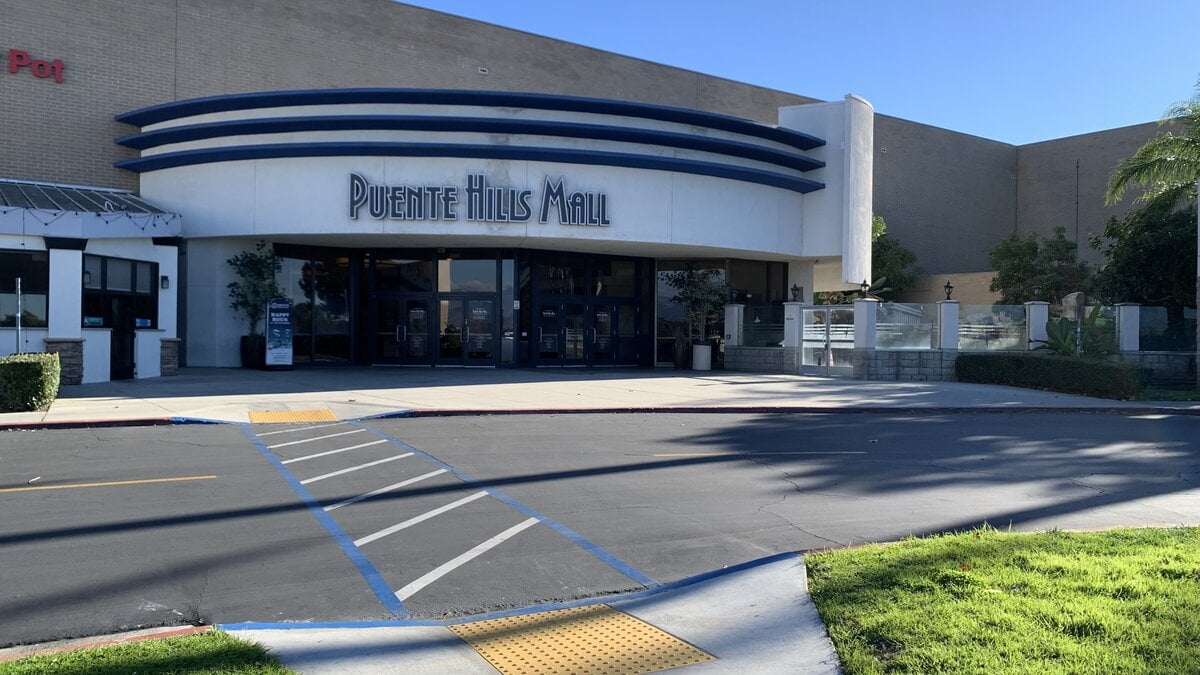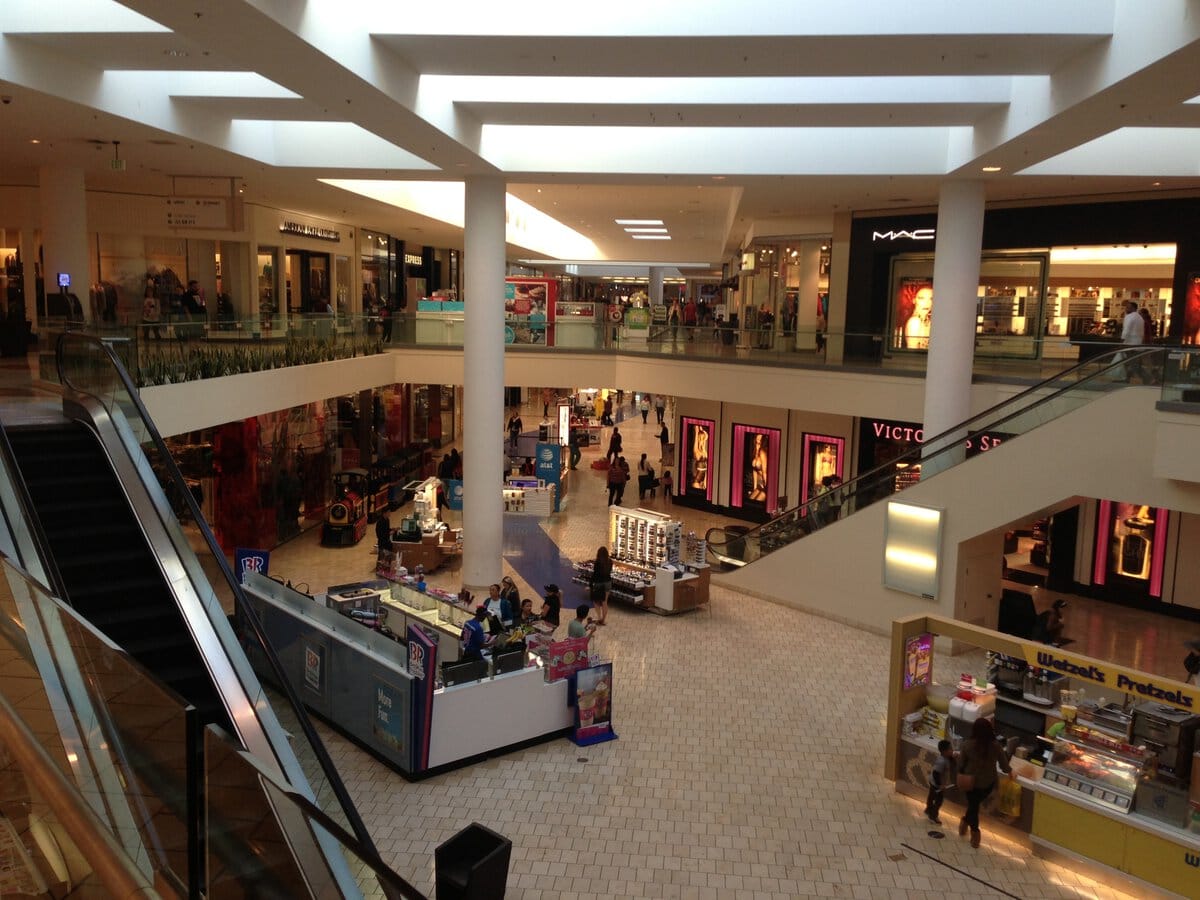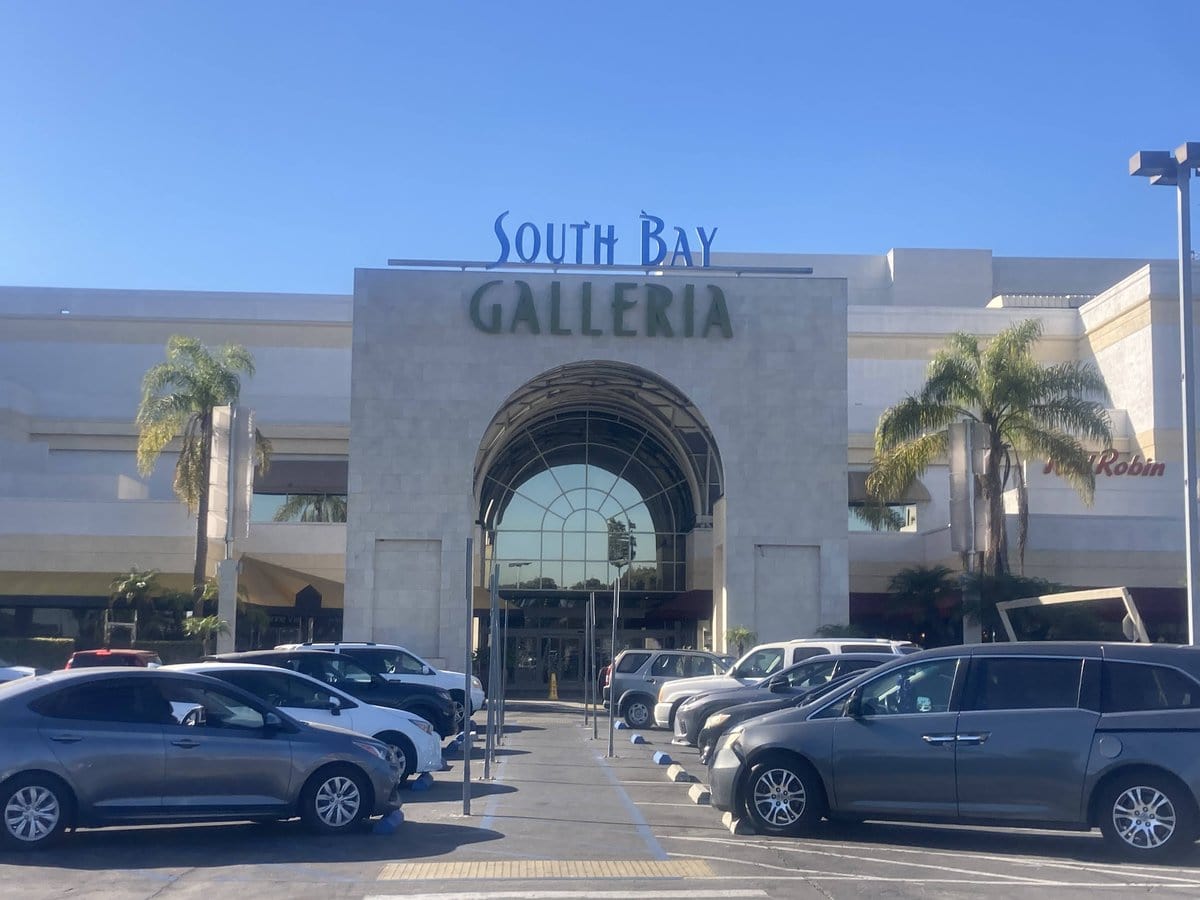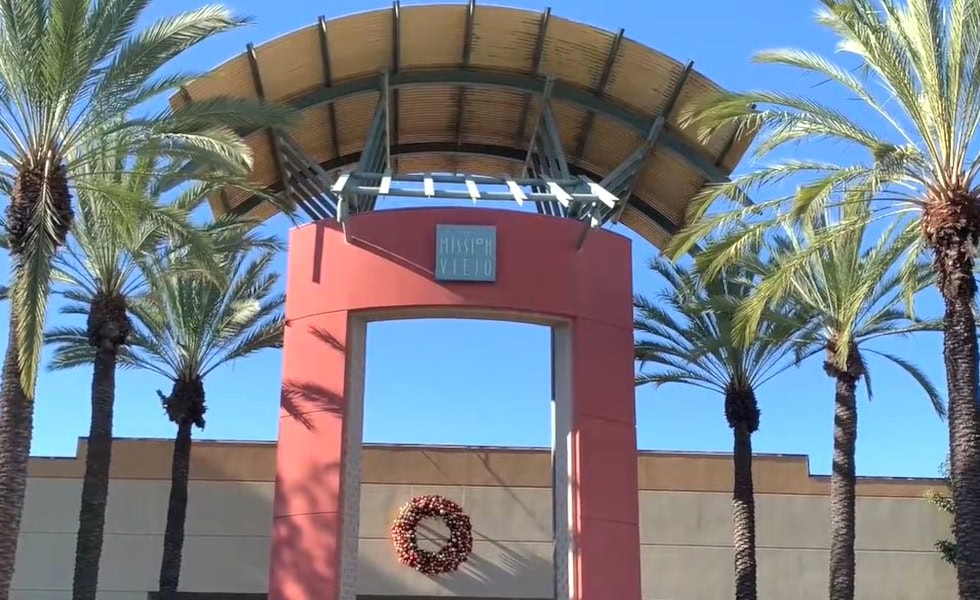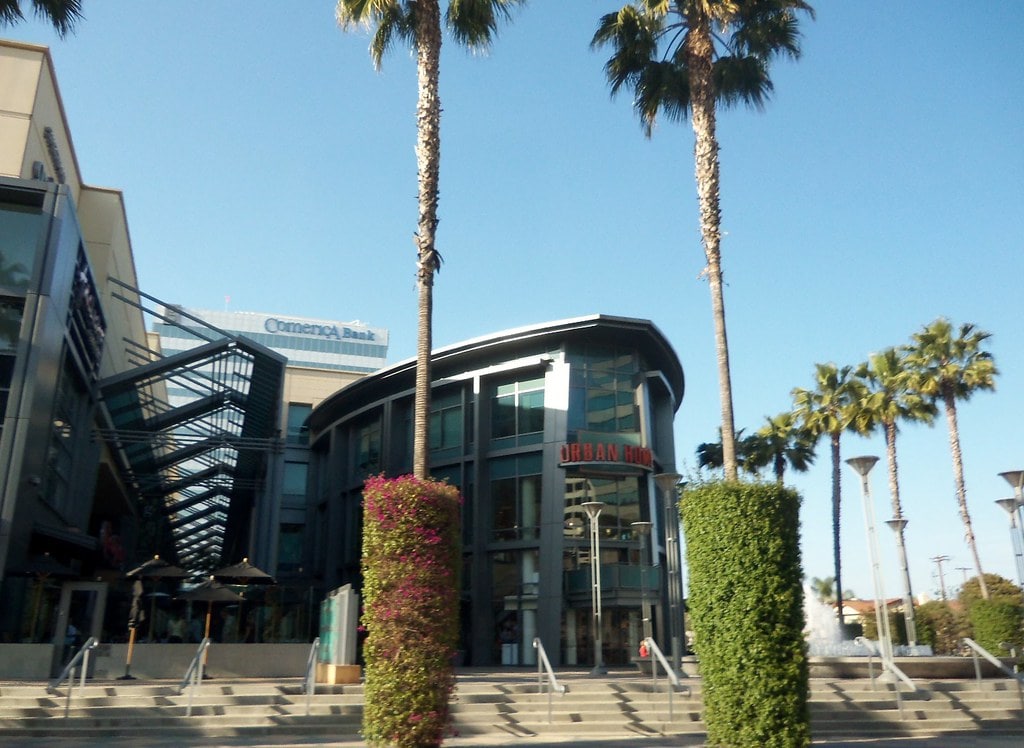Where the Engines Used to Be
People once filled the pavement outside Ontario Motor Speedway to watch cars scream around the track. A decade later, crowds returned, but this time, they lined up for the opening day at Ontario Mills. The roar was gone. In its place are shopping bags, sale signs, and a new rhythm of traffic.
When it opened in 1996, Ontario Mills wasn't just another mall trying to outshine Los Angeles. It took over a footprint loaded with asphalt history and turned it into something relentless and circular.
With 28 million visits each year and over 200 stores, the center redefined things to do in Los Angeles without ever needing a second floor. The building still curves like a track, anchored by deals instead of engines.
Asphalt to Outlets - The Pre-History Beneath the Foundation
Before the outlet signs went up, the Ontario Motor Speedway sat quiet and hollowed out.
Built in 1970 and closed by 1980, it had chased the Indianapolis model but lost the race. Grandstands came down. The oval track faded. But the parking lots stayed.
That leftover pavement mattered. The Mills Corporation picked that footprint for its first California development. The speedway's main track wasn't used, but the vast surrounding space gave the company a build-ready canvas with wide freeway access.
They didn't have to tear through zoning boards or reshape terrain. It was already flat and already wired for crowds.
Construction pushed ahead in the mid-1990s. Ontario Mills rose directly over parts of the speedway's event-day infrastructure.
The mall's ring layout even echoed what had come before. On November 14, 1996, the first wave of shoppers entered a loop that had once circled horsepower and dust.
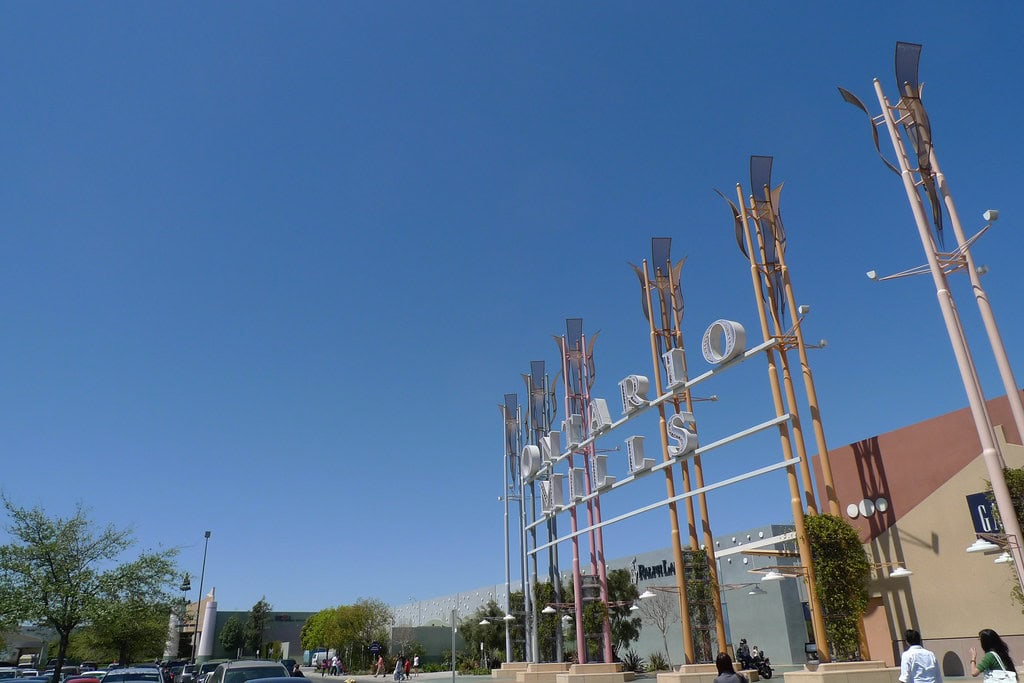
Grand Openings and Giant Screens
The grand opening came with high visibility and deliberate showmanship. Ontario Mills opened its doors to the public on November 14, 1996, completing a retail conversion on a scale the Inland Empire hadn't seen before.
Its footprint sprawled across 1.4 million square feet. Early coverage focused on scale, layout, and the retail mix, but the center's entertainment wing pulled separate attention.
AMC Ontario Mills 30 opened a month later, on December 13, 1996. The timing was deliberate.
That theater launched with a size rarely attempted, thirty screens, one of which held the AMC UltraScreen. At the time, it was the largest movie theater in the world.
For a mall built with a single-level loop, AMC's presence gave it vertical weight. It became a destination inside a destination.
Near the food court entrance, Ontario Mills also housed a California Welcome Center. It sat next to the UltraScreen and was pitched as an info hub for travelers and out-of-towners flying through Ontario International Airport.
That concept didn't last. The Welcome Center, like the UltraScreen, faded out early. But for those first few months, the mall pushed more than sales. It staged an arrival.
Corporate Shifts and Shuttered Names
Retail didn't hold still. By 2005, the tenant mix had already started to shift. Vans Skate Park, once a major draw for teens and families, shut down in the early part of the year.
Steve & Barry's opened in its place. That chain brought college-logo basics and discount apparel.
It lasted until 2009 when a wave of corporate bankruptcies knocked multiple tenants out.
Virgin Megastore left that same year. Its exit reflected broader trends in media sales, but inside Ontario Mills, it meant a second anchor-sized vacancy within months.
Sports Authority told a similar story but with more turns. It first closed in 2004 following its merger with Gart Sports.
It came back in 2012 in a different location near the Nike Factory Store. Then, after the 2016 Chapter 11 filing, it shut down again.
It was later occupied by Aki Home, which also closed down.
These weren't isolated changes. They formed a pattern, brands collapsed at the national level, and Ontario Mills reacted locally.
Lease lines shifted. Large spaces were carved up or re-leased quickly. Anchors that once felt permanent were flipped, resized, or replaced outright.
Retailers came in with a flash and sometimes left without warning.
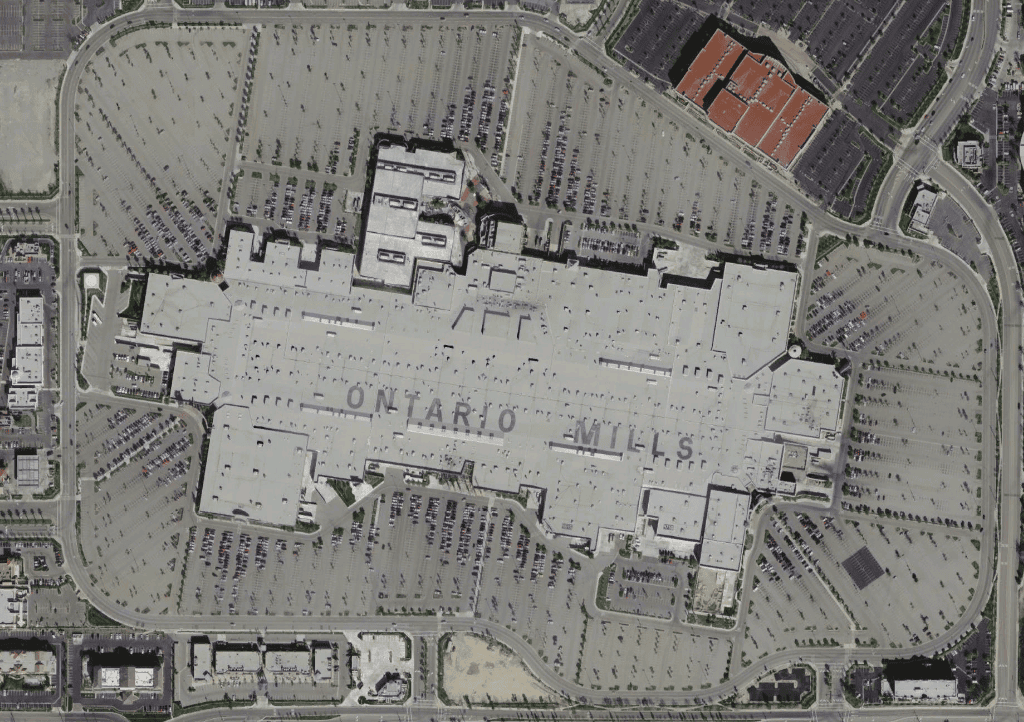
The 2000s - Expansion and Attrition
In the early 2000s, Ontario Mills shifted its layout without changing its shape. The ring stayed intact, but tenants and sections within it rotated. In 2000, the UltraScreen space near the food court was converted into the Ontario IMPROV comedy club.
That decision pulled late-night traffic into the center and added live entertainment to a property originally built around outlet pricing and family crowds.
Wolfgang Puck Café shut its doors in early 2005. That space, once a premium sit-down option, didn't stay empty long. Polo Ralph Lauren Factory Store moved in and re-centered the location toward apparel.
That was part of a broader pattern playing out across the decade: entertainment tenants fell off, and clothing took their place.
By the late 2000s, much of the mall's original leisure infrastructure had been reconfigured. The arcades shrank. New leases leaned into footwear, athleticwear, and fast fashion.
The property didn't drop its entertainment label entirely, but square footage was reshuffled to match what was sold.
Renovation Years and Rising Brands
A second wave of changes landed in 2016, focused on renovation and strategic re-leasing. The former JCPenney 5 Star Outlet, which closed in 2013, was reworked and reopened that year with a new group of tenants.
That section brought in Uniqlo, The North Face, an expanded Tommy Hilfiger, and Blaze Pizza with outdoor seating. Each brand came in with its pull, but together, they updated the look and tone of that section of the loop.
The renovations included a new mall entrance near Blaze Pizza. It came with a clean facade, larger signage, and modernized finishes.
There wasn't a new wing or expansion, but from a shopper's standpoint, the transformation was physical. The mall hadn't added more square footage, but it reintroduced what it had.
Restoration Hardware joined in 2016, taking over the space once held by Bed Bath & Beyond, which had moved out across the street in 2015.
Ulta Beauty also entered that same year, giving that part of the center a blend of furniture, fashion, and cosmetics under one roof.
The change wasn't loud, but it was complete. That corner of the property, once geared toward department store overstock, now leaned into mid-market anchors with modern build-outs.

Retail Evolution into the 2010s
Neiman Marcus Last Call shut down on December 31, 2016. Its space didn't stay vacant long. Skechers Factory Store took over, folding into the athleticwear stretch that already included Nike, Adidas, and Puma.
GameWorks, one of the longest-running non-retail tenants in the mall, closed in July 2017 after a 20-year run.
The Under Armour Factory Store replaced it.
In 2017, a new Toys R Us Outlet opened, positioned as a scaled-back revival after the main chain began shuttering full-sized stores.
It didn't last. On May 13, 2018, Mother's Day, it closed, following the company's Chapter 11 filing and broader liquidation announcement.
The space was eventually reabsorbed into other retail slots.
Each of those changes happened without fanfare, and there were no public relaunches. Just swapped signage, new window decals, and sometimes a construction curtain with nothing on it but "Coming Soon." That process became normal.
Ontario Mills didn't shrink, and it didn't expand. It kept moving tenants in and out on a fixed loop, where every vacancy could be monetized fast and quietly.
A New Run of Retail - Ontario Mills in 2025
Imaginarium at Ontario Mills was a seasonal walkthrough installation that transformed part of the mall into a glowing maze of LED structures, mirrored rooms, and oversized fantasy creatures.
It ran through October 20, 2024, drawing evening crowds with 5 million lights and 24 staged photo boxes. The event was part of a touring series and was not permanent.
The event is currently running in Milpitas and is scheduled to return to locations such as Ontario Mills, Fairplex in Pomona, and others.
Spring 2025 brought in a new batch of tenants. Marc Jacobs opened on February 28. Suit Emporium followed on March 1. Taranis and New Balance came online over the following weeks. Popeye's will join the food court soon.
None of these new arrivals broke the mall's structure. Ontario Mills still ran as a one-floor loop, split into ten neighborhoods.
As of June 2025, the mall lists over 210 stores and 20 anchor tenants. That scale makes it California's largest outlet center, even without adding vertical levels.
The city itself acknowledged the mall's role during its State of the City event in March 2025. Ontario's mayor described Ontario Mills, Ontario International Airport, and Toyota Arena as core drivers of visitation and development.
With 28 million annual visitors, the mall stood beside sports and air travel as one of the region's economic pillars. Its size wasn't new. But in 2025, the city put a microphone in front of it.
🌿

